A Slovakian farmer is making headlines across the world after he discovered a forgotten remnant of World War II buried in one of his fields.
What he had just discovered was the bottom half a machine gun nest used by the Nazi German army during their battles in the region.
Farmer Hits Unusal Rock

One afternoon, a farmer was plowing his field in Kostolná-Záriečie when suddenly, he struck something somewhat hard (via Miami Herald).
He initially suspected it to be nothing more than a rock that had previously gotten in his way in this portion of the field. Yet, after continuing to dig, he soon realized it was something else entirely.
Nazi Artifact Emerges from the Dirt
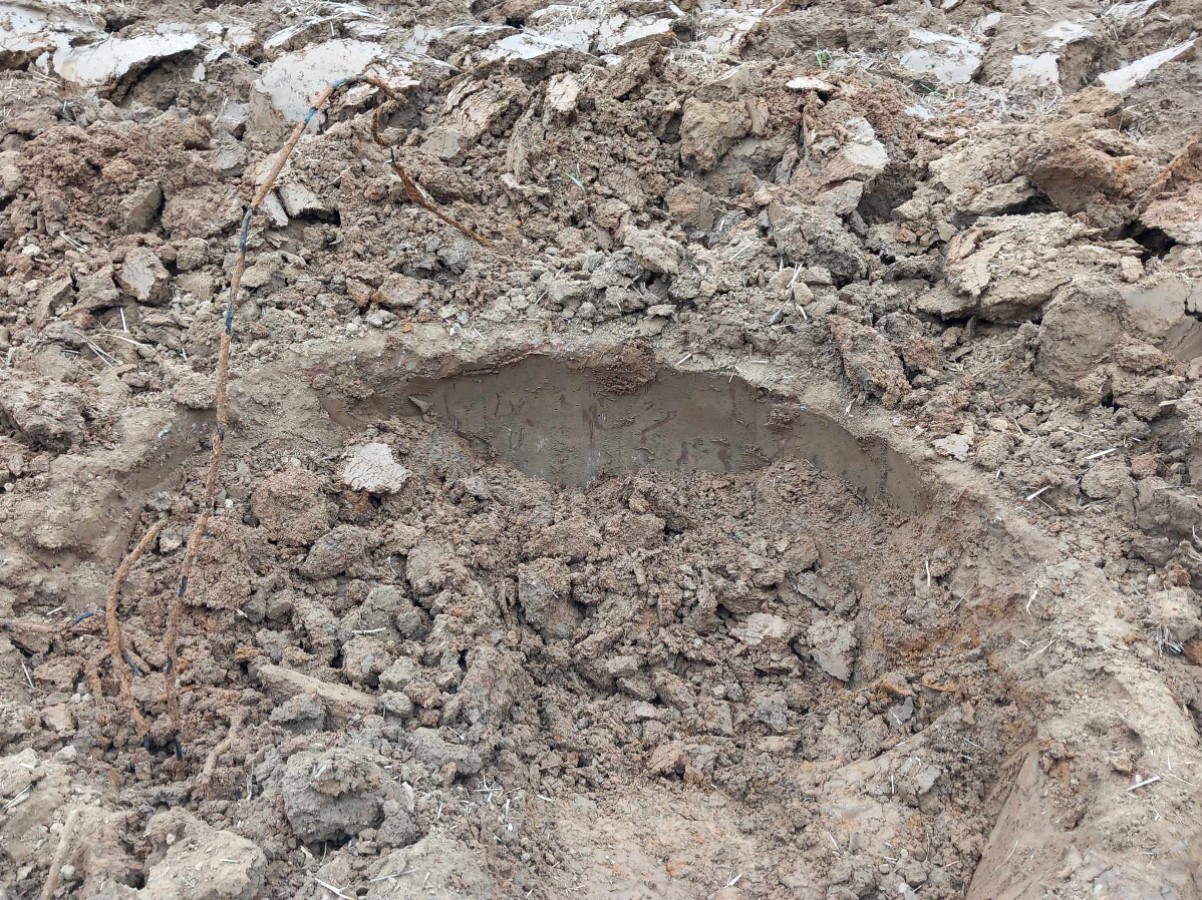
As the farmer continued to remove the earth surrounding the unusual item, he was surprised to discover a unique craterlike object.
According to the Monument Office of the Slovak Republic, the farmer unearthed what would later be confirmed as the bottom half of a circular concrete structure known as a machine gun nest.
Excavation Begins in Western Slovakia
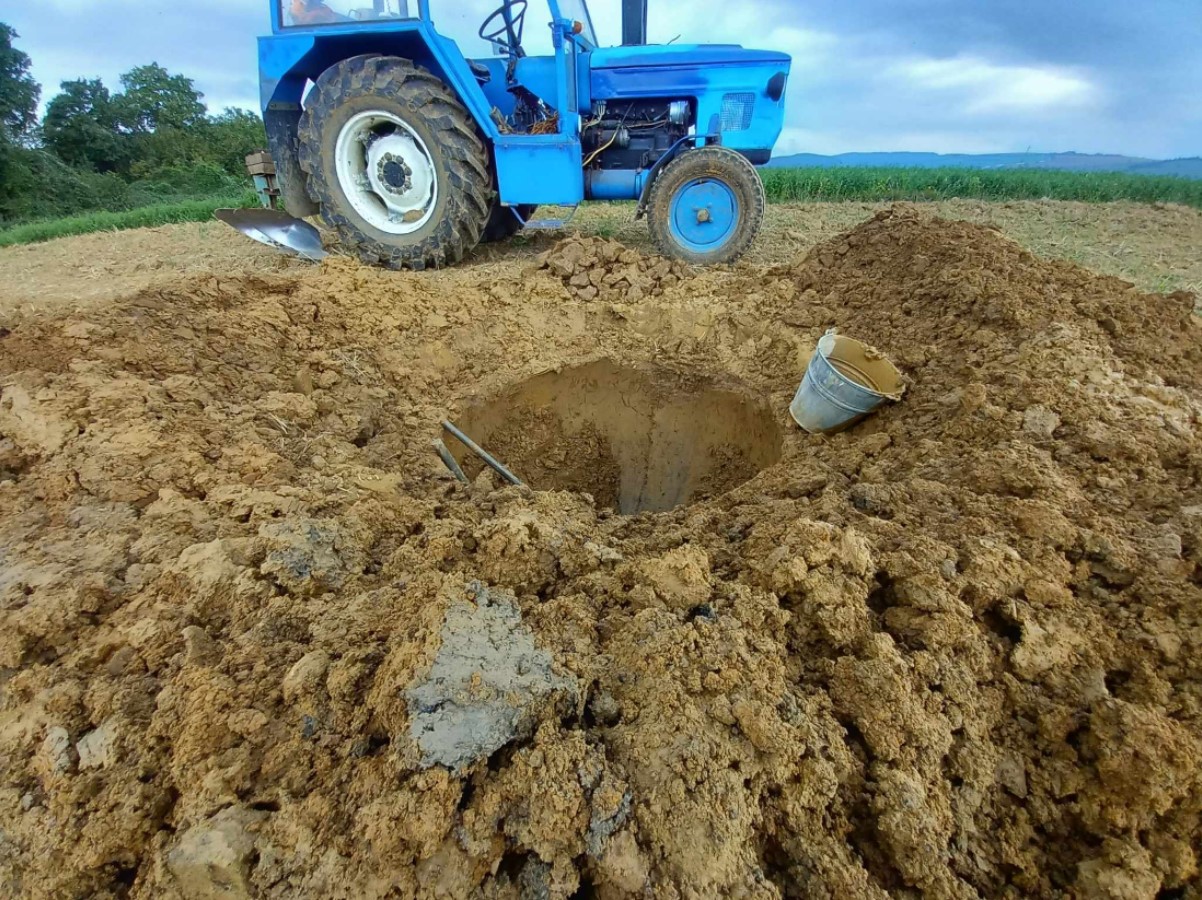
After informing the authorities of his unusual find, an excavation was organized to remove the entire nest from the dirt and examine it.
Photos of the entire process were shared on Facebook by residents of the small village of Chocholná-Velčice.
Kugelstand and Kugelbunker
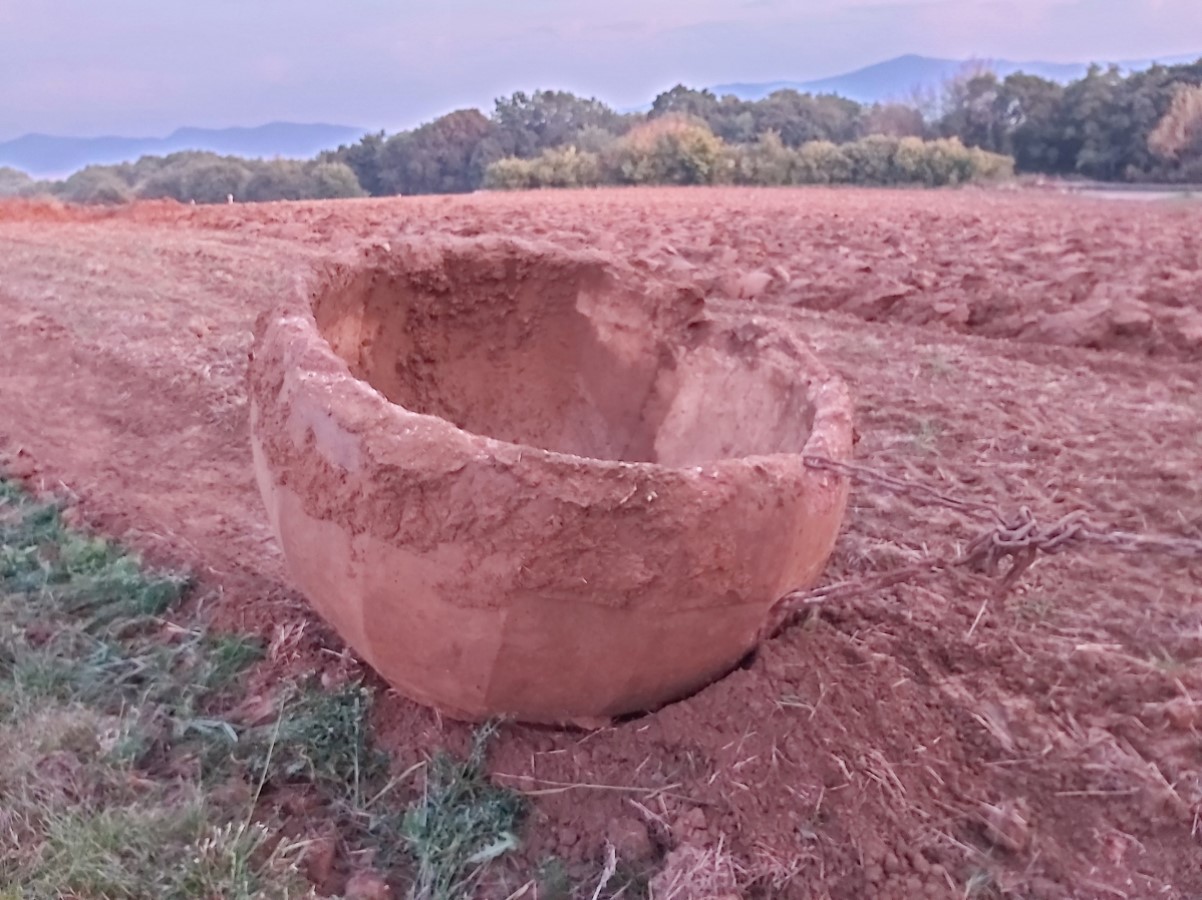
Archaeologists got straight to work removing the sizable concrete structure from the farmer’s field, and their initial suspicions were confirmed. It was, in fact, a Nazi German machine gun nest.
Also known as a kugelstand and kugelbunker, this particular nest had likely been buried in the field for nearly eight decades.
What Is a Machine Gun Nest?
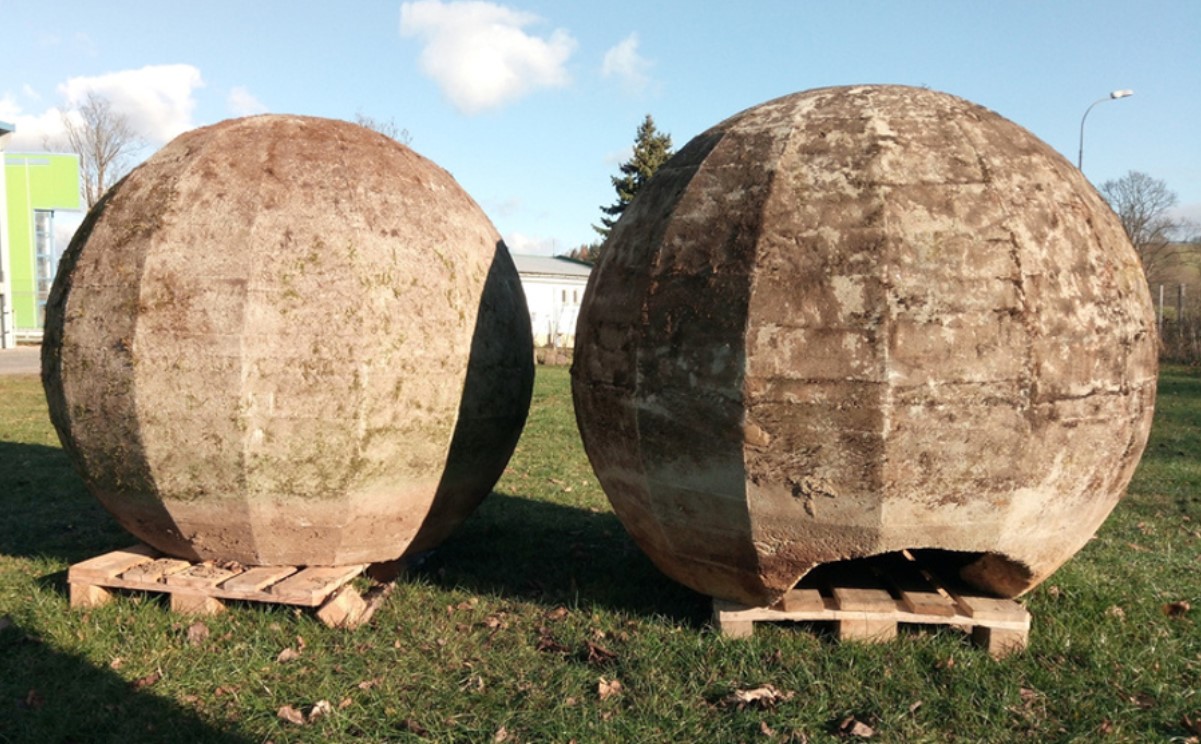
The machine gun nests served as defensive structures and firing points for German soldiers during World War II.
Made from reinforced concrete, the nests typically took on the shape of a sphere with a hole in the top, which allowed soldiers to fire at advancing enemies.
Destruction of the Machine Gun Nest
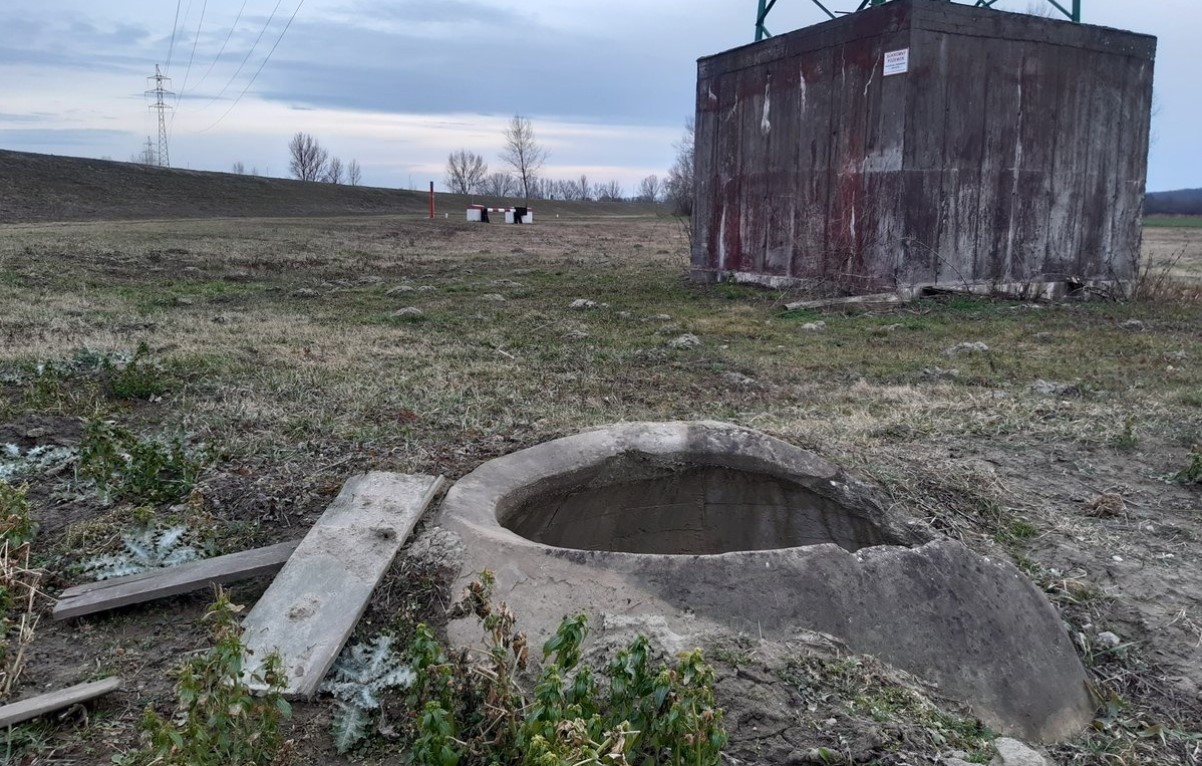
The remains of the structure discovered at the farm in Western Slovakia were only half a typical Nazi machine gun nest.
According to researchers, the concrete structure may have lost its top part during a battle. Or, it may have got on the nerves of an eager farmer trying to plow his field, and he simply removed it.
Hoping for More Buried Treasure

After the find, researchers suspected more unique items were buried in the surrounding fields.
However, after thoroughly searching the fields in Kostolná-Záriečie, they didn’t come across any items of interest, and researchers were left empty-handed.
The Center of Attention
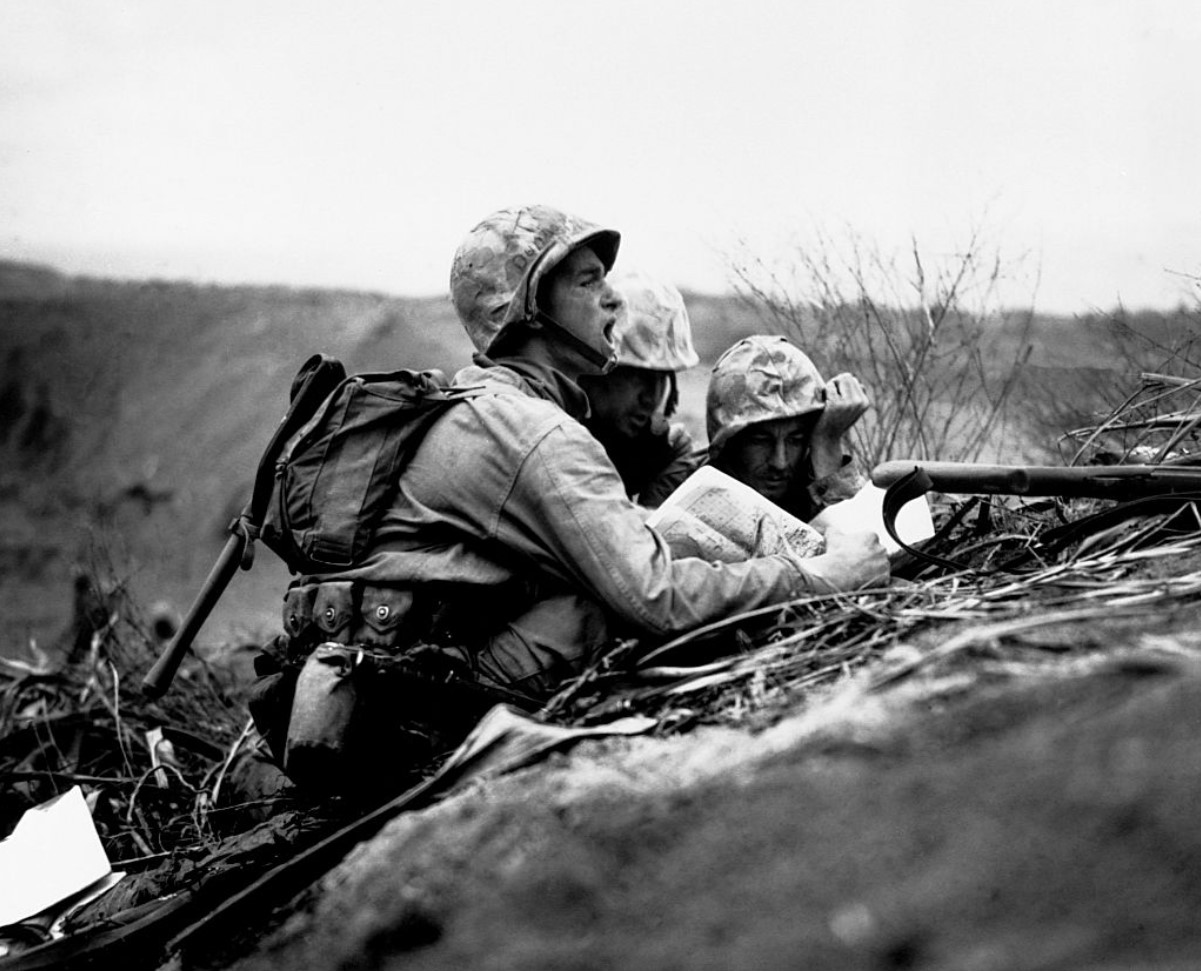
At the climax of World War II, the village of Chocholná-Velčice was close to the center of fighting on the front for nearly two weeks.
The Nazi army managed to hold their position in the village after defeating the advancing Soviet-Romanian alliance. Experts surmise the nest was likely in place during this battle.
Thousands of Machine Gun Nests
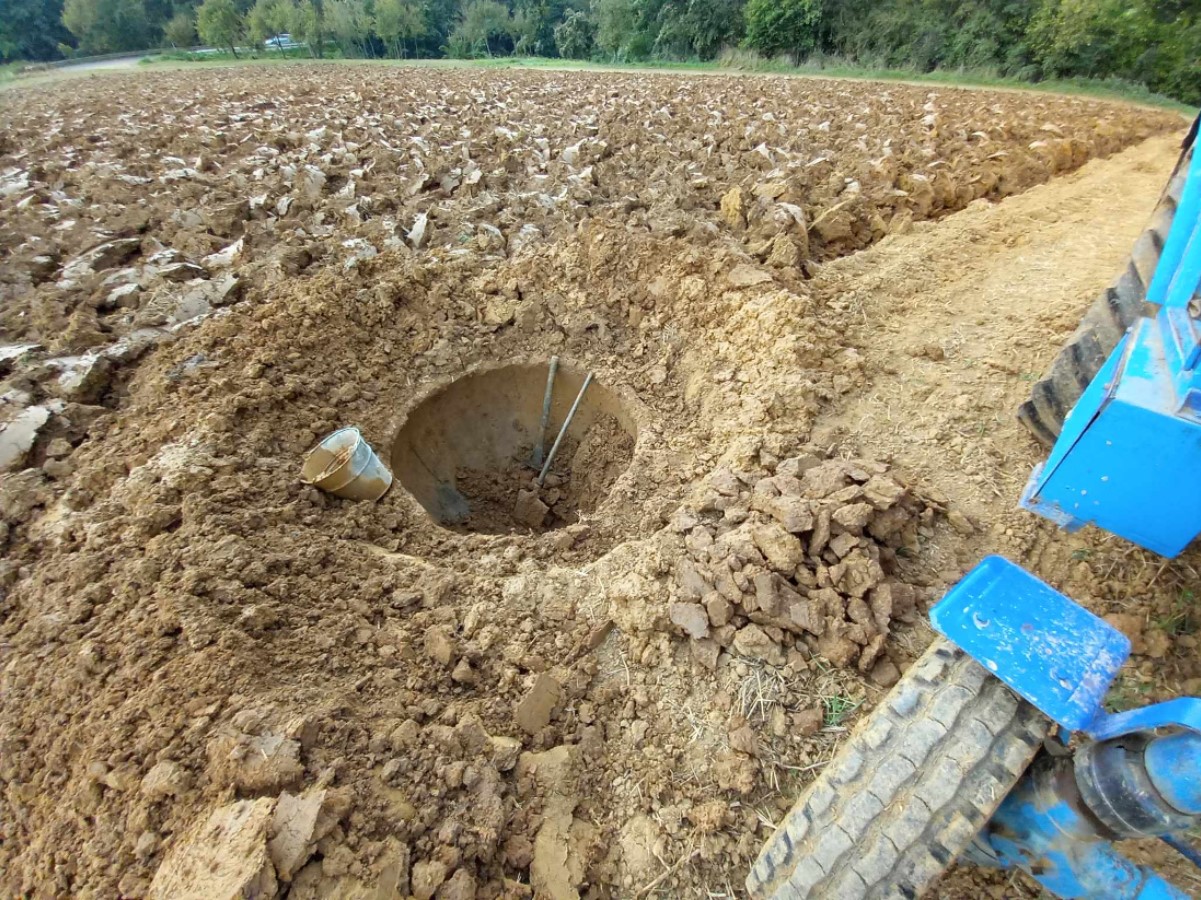
The best estimates suggest that over 1,000 machine gun nests were created and positioned throughout Slovakia alone during World War II.
Following the war’s end, many nests were simply abandoned. Locals began using them as flower pots, and others allowed their children to play in them.
Role of Machine Gun Nests in World War II
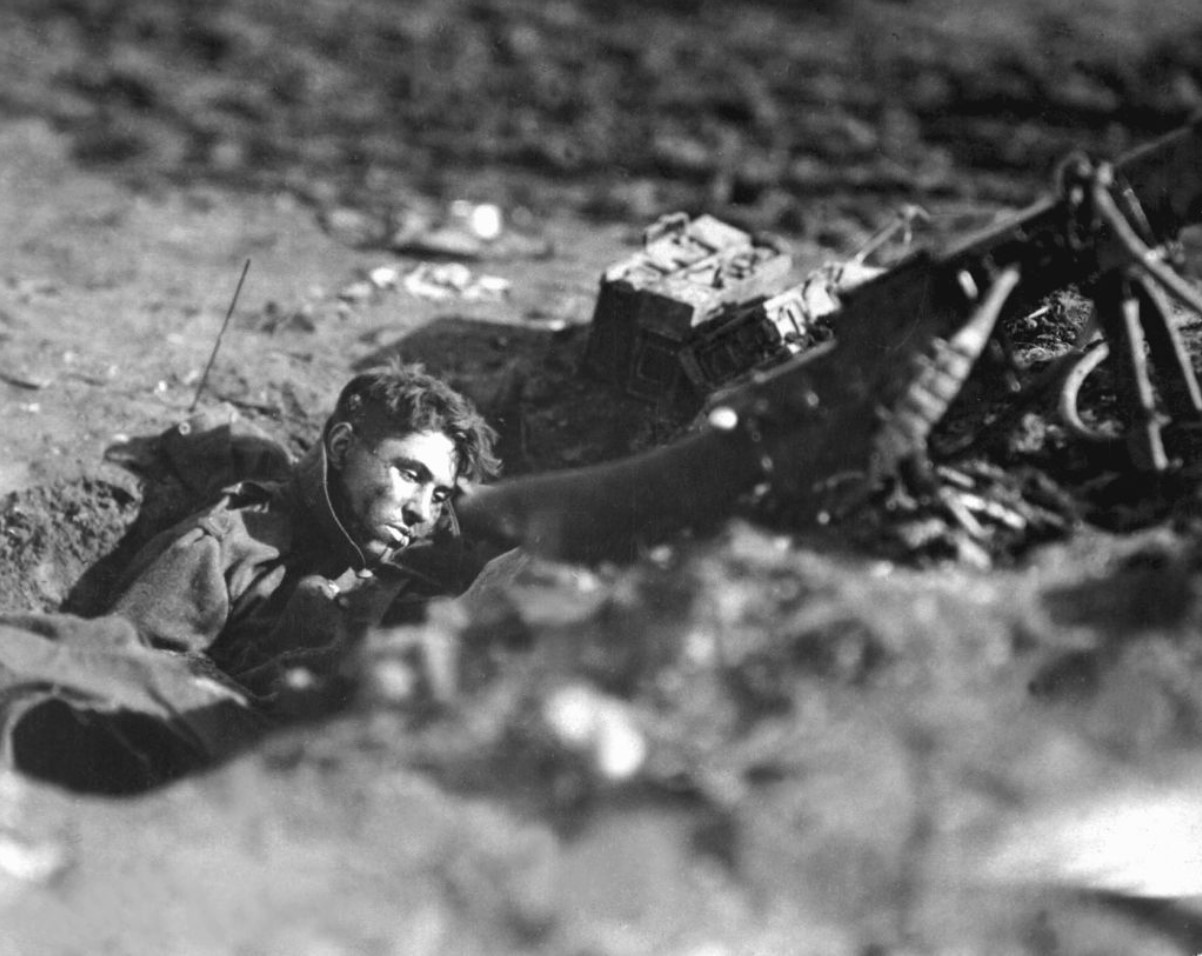
Machine gun nests were used not only by the German forces but also by the Allies during World War II.
Typically, soldiers were placed in machine gun nests with one simple goal: Prevent the advancing enemy army from reaching the Allied line of defense.
Nazi Item Moved to Slovakian Museum
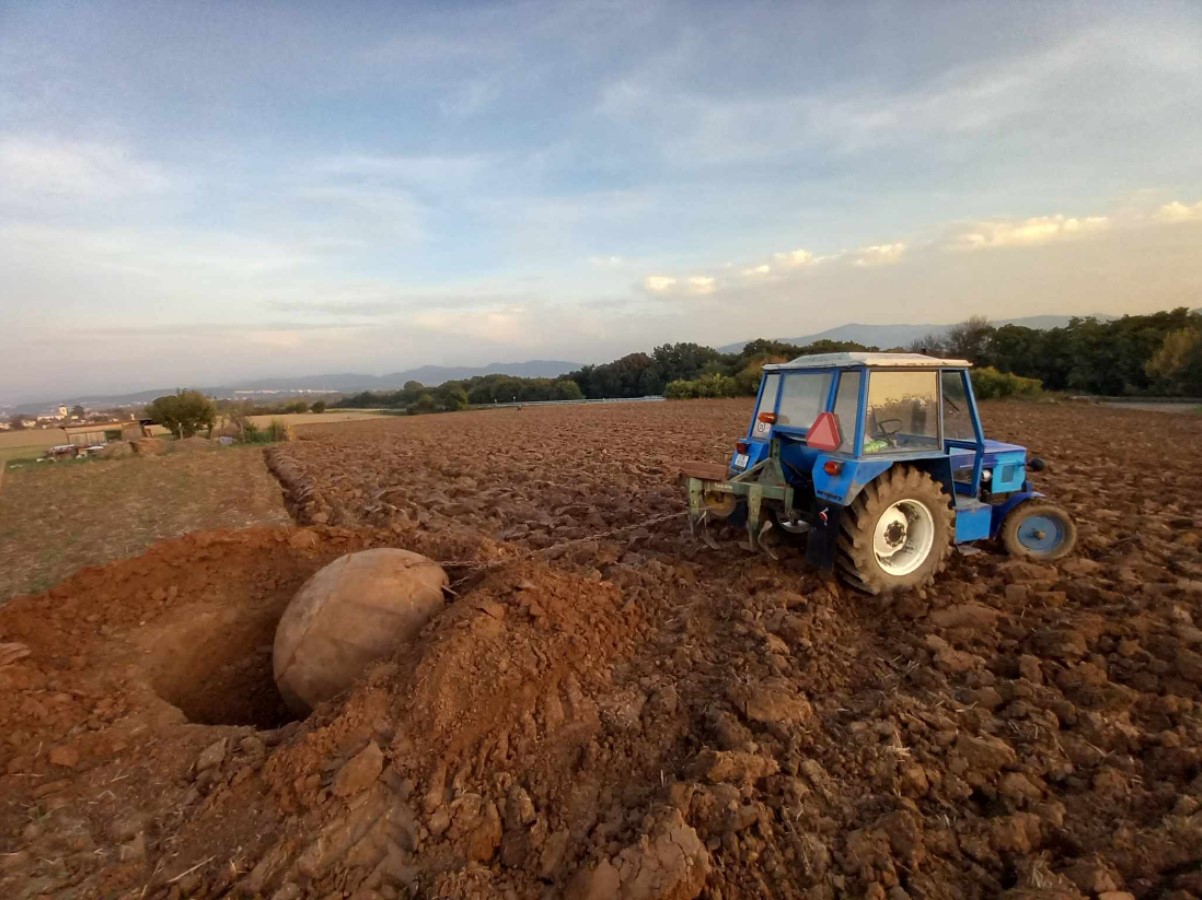
After removing the machine gun nest from the farmer’s field, it was later moved and placed on display at the Trenčín Museum.
The museum houses some of the nation’s most impressive valuables, including the Illeshazy family collection of paintings.
